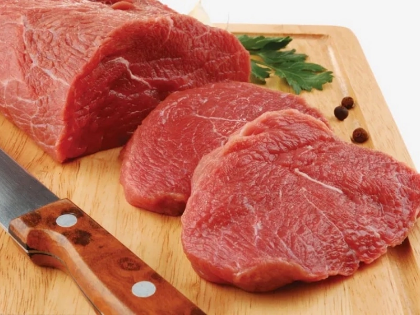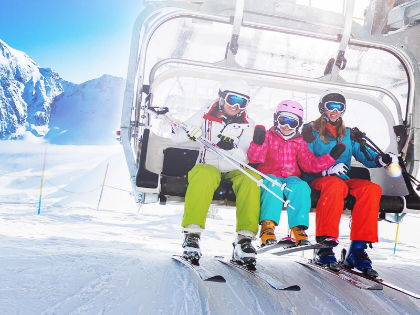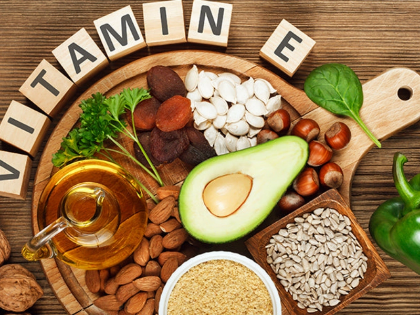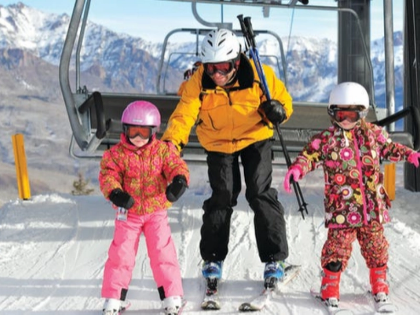Activities to Cool Your Horse After a Ride
It's crucial to let your horse cool down after an exercise session to avoid heat exhaustion. This is particularly important when it's warm outside. By using conduction, convection, and evaporation in combination, washing your horse in cool water and scraping it off right away will help him reduce his body temperature. This procedure should be followed until his respiration and body temperature return to normal.
Take a stroll.

Hose-Down
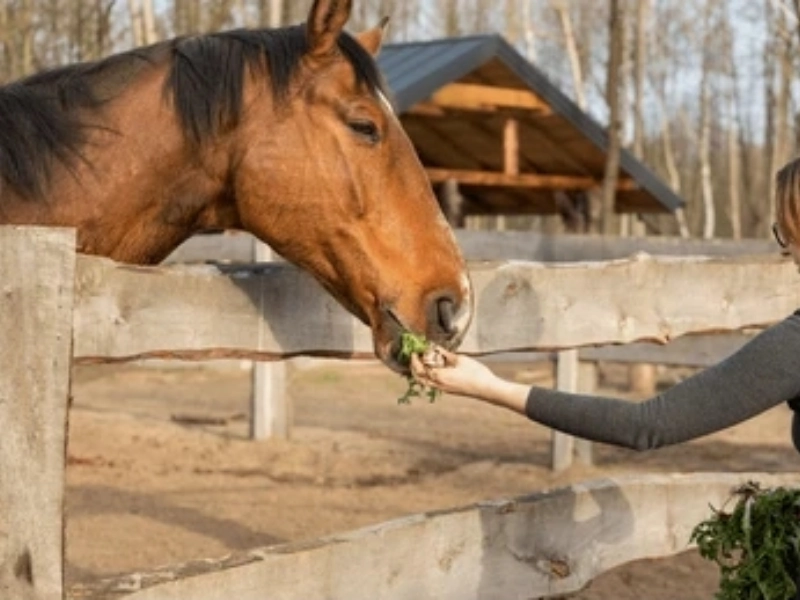 After a ride, spritzing a sweaty horse with a garden hose can help rehydrate him, promote circulation, and lessen his odour. Make sure the water setting has cooled. His pores may open from a hot or warm hose, which would impede his ability to recuperate from the workout.
An apparatus called electrical muscle stimulation (EMS) uses electrodes to deliver electrical pulses to the muscles. The purpose of these pulses is to increase tissue healing and blood flow by inducing the "muscle pump effect." Evidence, however, points to EMS not producing a discernible improvement in performance or subjective pain measurements.
After a ride, spritzing a sweaty horse with a garden hose can help rehydrate him, promote circulation, and lessen his odour. Make sure the water setting has cooled. His pores may open from a hot or warm hose, which would impede his ability to recuperate from the workout.
An apparatus called electrical muscle stimulation (EMS) uses electrodes to deliver electrical pulses to the muscles. The purpose of these pulses is to increase tissue healing and blood flow by inducing the "muscle pump effect." Evidence, however, points to EMS not producing a discernible improvement in performance or subjective pain measurements.
Give your horse some grass.
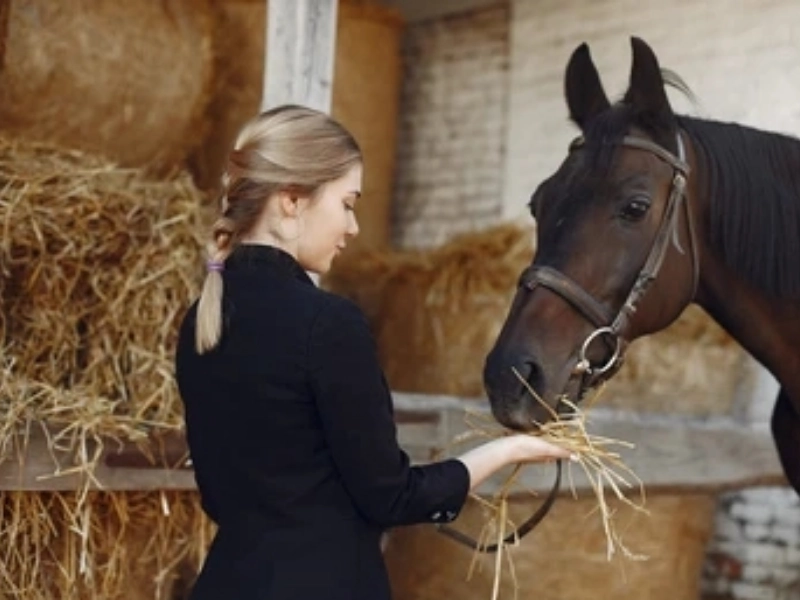 One of the finest ways to aid in your horse's recovery after a ride is through grazing. It gives you energy, stretches your back muscles, and promotes physical activity.
But if your horse is grazing all the time as you brush them or wait for them at the stall door, it's time to start implementing a more regimented pasture time schedule. To begin, you can restrict their grazing period to fifteen minutes either before or after your ride and then progressively extend it.
As an alternative, you can slow down their pasture consumption and give them more control over how much they eat by using a grazing muzzle. Just be sure to teach them how to put it on correctly, since an ill-fitting grazing muzzle can actually make them eat more grass than they would have otherwise.
One of the finest ways to aid in your horse's recovery after a ride is through grazing. It gives you energy, stretches your back muscles, and promotes physical activity.
But if your horse is grazing all the time as you brush them or wait for them at the stall door, it's time to start implementing a more regimented pasture time schedule. To begin, you can restrict their grazing period to fifteen minutes either before or after your ride and then progressively extend it.
As an alternative, you can slow down their pasture consumption and give them more control over how much they eat by using a grazing muzzle. Just be sure to teach them how to put it on correctly, since an ill-fitting grazing muzzle can actually make them eat more grass than they would have otherwise.
Pay attention to your horse's breath.
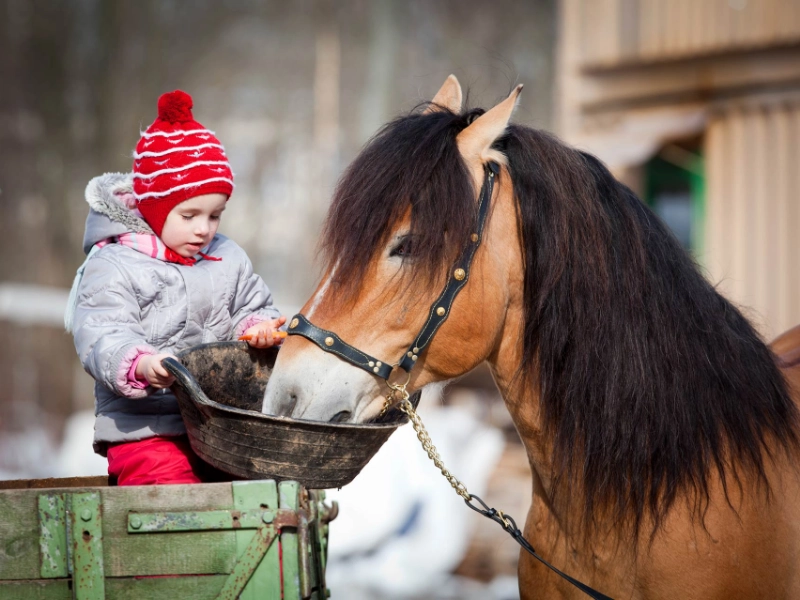 A breeze can help your horse lose heat by encouraging [sweat] evaporation in sufficiently cool temperatures. To help your horse cool down, you can also sponge or spray them with lukewarm water. Use of ice-cold water should be avoided since this can shock your horse's system and result in hypothermia.
Three factors control your horse's temperature: radiation, conduction, and sweat evaporation. Your horse will dissipate heat more effectively the more fluids it perspires.
Use a leash or have someone hold your horse firmly while you lubricate a digital thermometer and place it into your horse's left front anus (rectum) to take its pulse. A beep or other sound signalling that the temperature has been taken should be heard. As an alternative, the face artery is palpable. Find the artery directly below the masseter muscles, also known as the chewing muscles, in your horse's cheek by running your fingers through the bony curve at the back of his head. To feel the artery beat, press your middle finger and pointer on it. To find his heart rate, count the beats for thirty seconds, then multiply the result by four.
A breeze can help your horse lose heat by encouraging [sweat] evaporation in sufficiently cool temperatures. To help your horse cool down, you can also sponge or spray them with lukewarm water. Use of ice-cold water should be avoided since this can shock your horse's system and result in hypothermia.
Three factors control your horse's temperature: radiation, conduction, and sweat evaporation. Your horse will dissipate heat more effectively the more fluids it perspires.
Use a leash or have someone hold your horse firmly while you lubricate a digital thermometer and place it into your horse's left front anus (rectum) to take its pulse. A beep or other sound signalling that the temperature has been taken should be heard. As an alternative, the face artery is palpable. Find the artery directly below the masseter muscles, also known as the chewing muscles, in your horse's cheek by running your fingers through the bony curve at the back of his head. To feel the artery beat, press your middle finger and pointer on it. To find his heart rate, count the beats for thirty seconds, then multiply the result by four.



